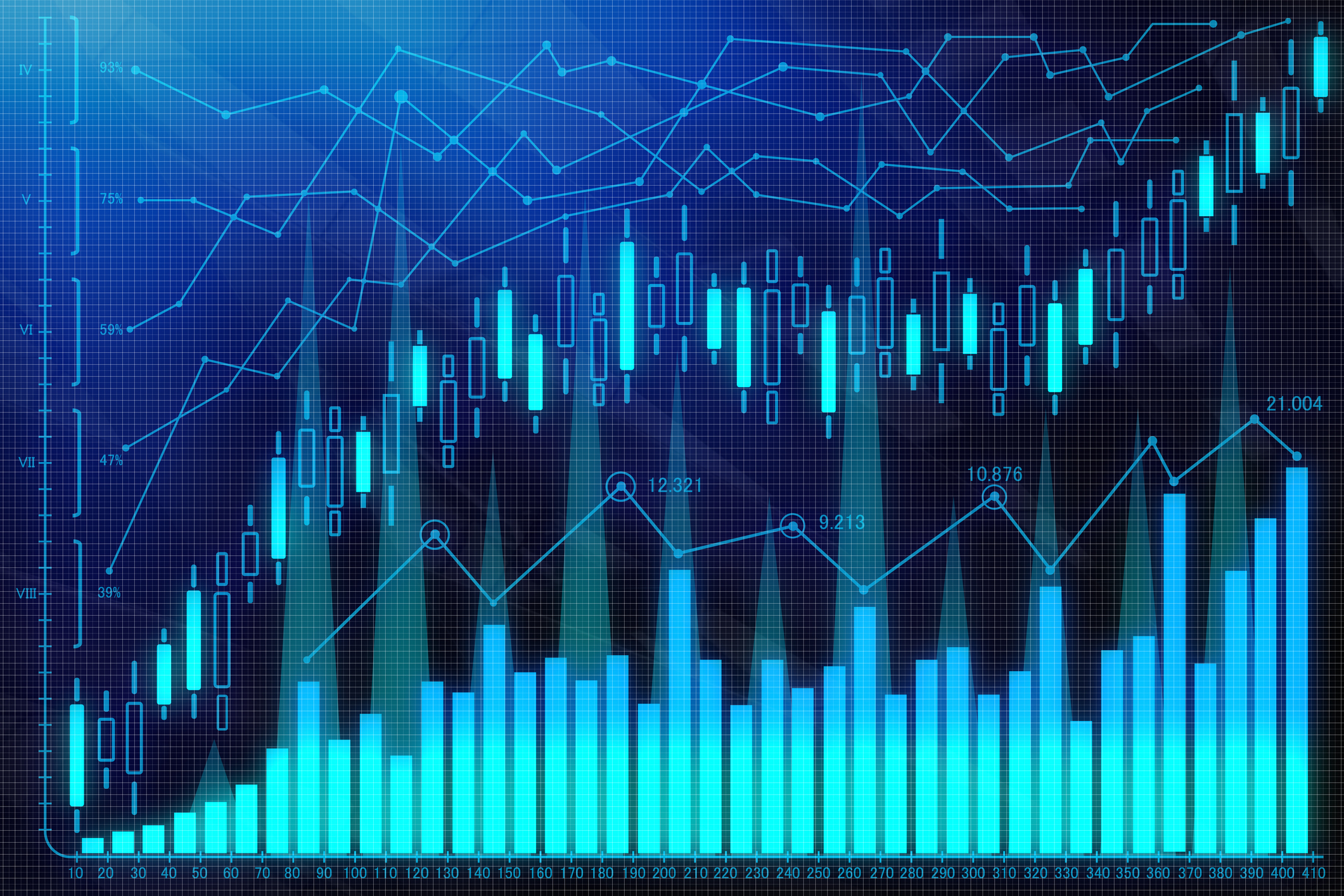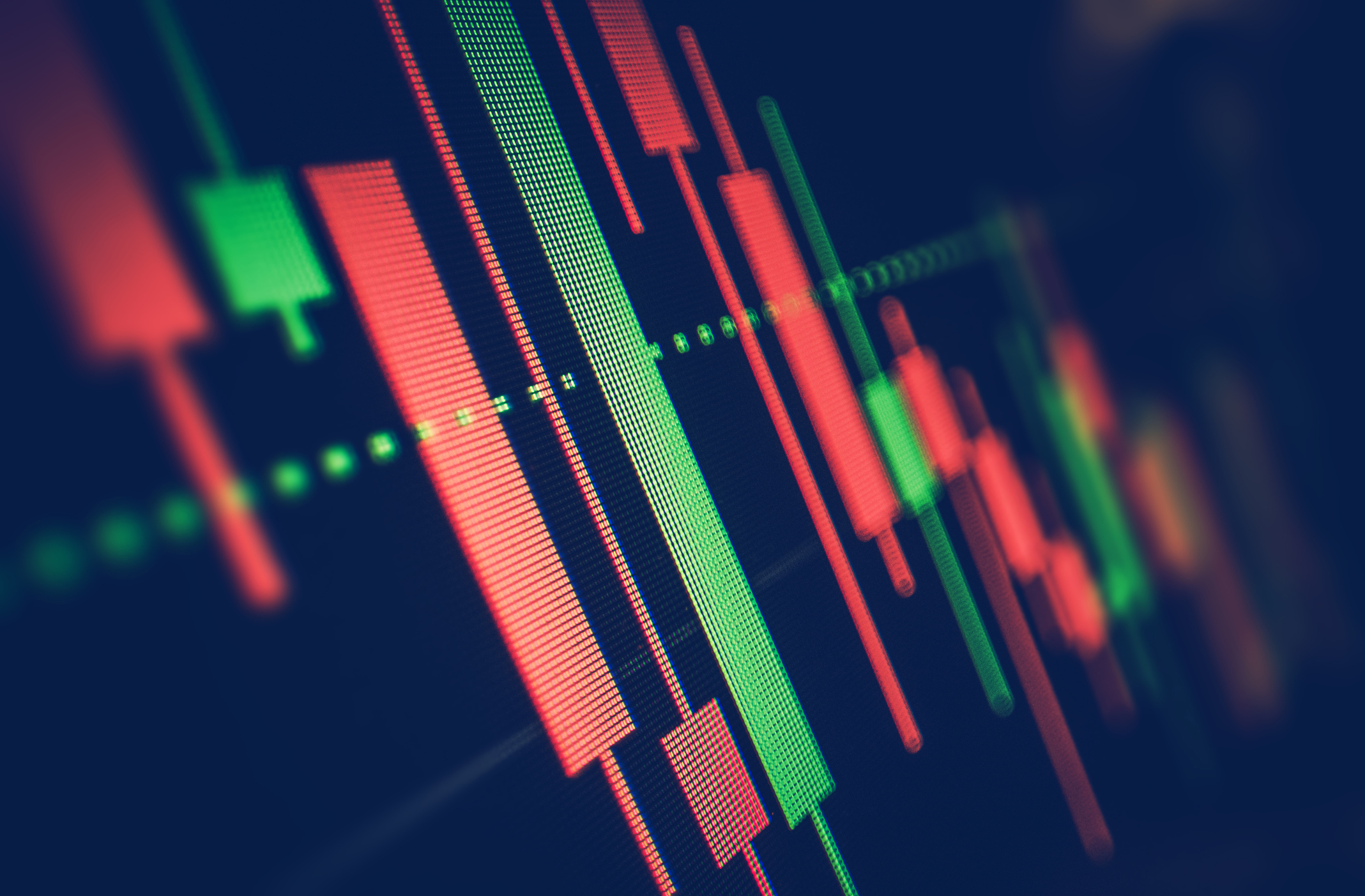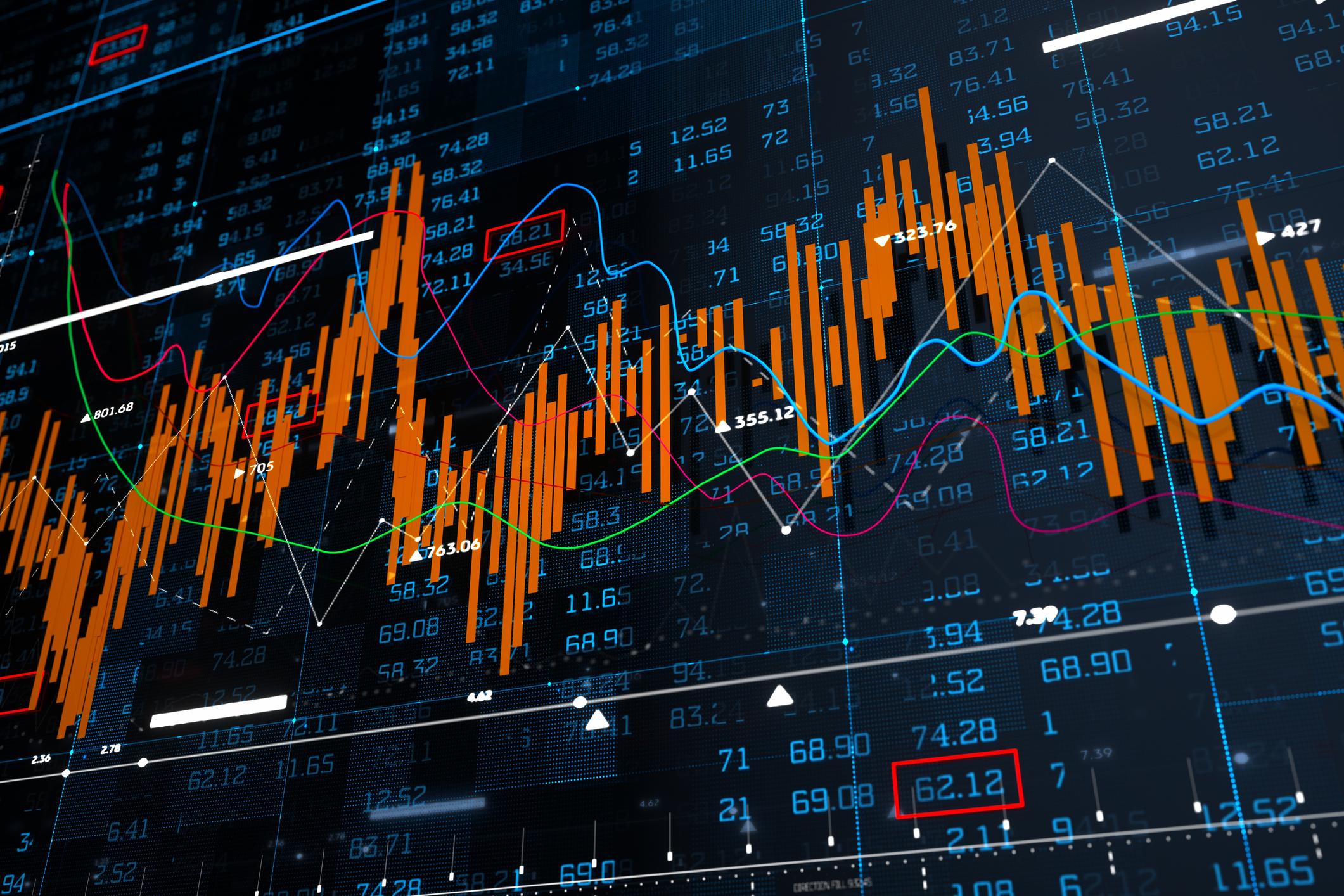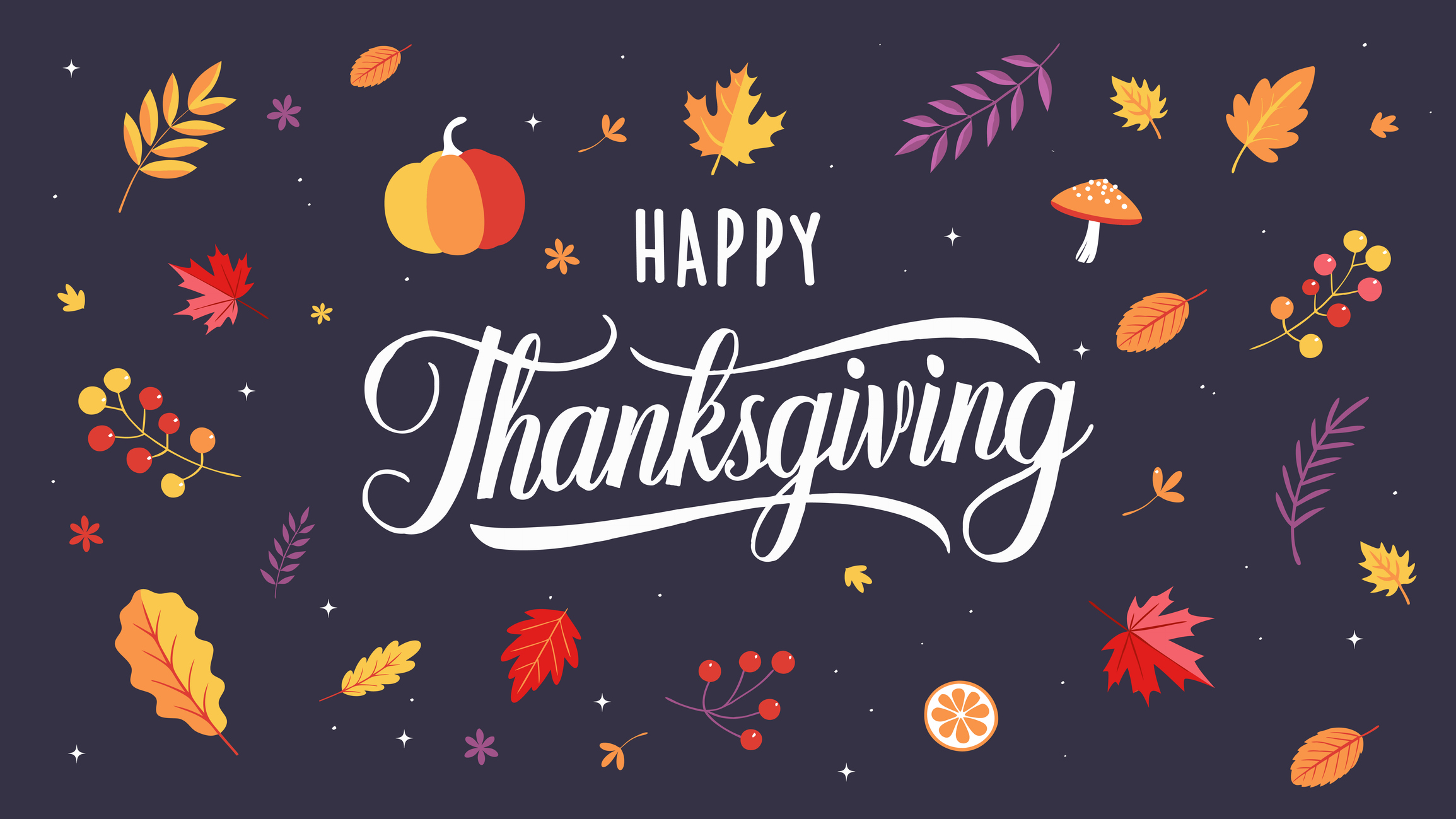The Biggest 401(k) Funds Ranked
Use our guide to 401(k) funds to boost the performance of your retirement portfolio.

- American Funds EuroPacific Growth
- FIDELITY CONTRAFUND
- VANGUARD TARGET RETIREMENT 2030 FUND
- VANGUARD PRIMECAP
- DODGE & COX STOCK
- VANGUARD WELLINGTON
- T. ROWE PRICE BLUE CHIP GROWTH
- AMERICAN FUNDS GROWTH FUND OF AMERICA
- METROPOLITAN WEST TOTAL RETURN BOND
- PIMCO TOTAL RETURN
- FIDELITY FREEDOM 2030
- FIDELITY GROWTH COMPANY

Assets in 401(k) plans hit $7.7 trillion recently, accounting for nearly 20% of all retirement savings. That makes these defined-contribution plans, which allow employees to make pre-tax contributions from their salaries, a key retirement-funding strategy for many Americans.
Stashing money in your 401(k) account as you juggle other obligations can be difficult. And figuring out how to invest your savings? Doubly hard. So every year, using data from BrightScope (an institutional shareholder services business), we scrutinize the most widely held funds in employer-based retirement savings plans. Then we pick the funds apart, analyzing them and rating each one “buy,” “sell” or “hold.”
How the largest 401(k) funds stack up
| Fund | Symbol | Fund category | Annualized Total Return (1 yr.) | Annualized Total Return (5 yrs.) | Annualized Total Return (10 yrs.) | Expense ratio |
|---|---|---|---|---|---|---|
| American Funds EuroPacific Growth | AEPGX | Foreign large growth | -30.2% | 0.2% | 4.8% | 0.80% |
| American Funds Growth Fund of America | AGTHX | Large growth | -33.8 | 7.6 | 11.9 | 0.61 |
| Dodge & Cox Stock | DODGX | Large value | -9.3 | 9.3 | 12.5 | 0.51 |
| Fidelity Contrafund | FCNTX | Large growth | -30.6 | 8.3 | 12.3 | 0.81 |
| Fidelity Freedom 2030 | FFFEX | Target-date | -20.8 | 3.7 | 6.7 | 0.66 |
| Fidelity Growth Company | FDGRX | Large growth | -37.1 | 13.1 | 16.4 | 0.79 |
| Metropolitan West Total Return Bond | MWTRX | Intermediate-term bond | -18.3 | -0.8 | 0.8 | 0.65 |
| Pimco Total Return | PTTAX | Intermediate-term bond | -17.5 | -1.0 | 0.5 | 0.80 |
| T. Rowe Price Blue Chip Growth | TRBCX | Large growth | -41.8 | 5.1 | 11.8 | 0.69 |
| Vanguard Primecap | VPMCX | Large growth | -18.6 | 9.0 | 14.0 | 0.38 |
| Vanguard Target Retirement 2030 | VTHRX | Target-date | -19.4 | 3.7 | 6.9 | 0.08 |
| Vanguard Wellington | VWELX | Balanced | -15.9 | 5.6 | 8.0 | 0.24 |
| S&P 500 INDEX | Row 12 - Cell 1 | Row 12 - Cell 2 | -18.2% | 9.8% | 12.1% | Row 12 - Cell 6 |
| BLOOMBERG US AGGREGATE BOND INDEX | Row 13 - Cell 1 | Row 13 - Cell 2 | -16.2 | -0.6% | 0.7% | Row 13 - Cell 6 |
| As of Nov. 4, 2022. SOURCE: Morningstar Direct | Row 14 - Cell 1 | Row 14 - Cell 2 | Row 14 - Cell 3 | Row 14 - Cell 4 | Row 14 - Cell 5 | Row 14 - Cell 6 |
In our guide to the best 401(k) funds, we highlight the 12 largest actively managed funds in 401(k) plans, ranked in order of retirement-plan assets. Seven funds earn a “buy” and two a “sell.” Five funds rate a “hold,” which is a neutral rating, with certain caveats. The share classes of specific funds offered in 401(k) plans can vary, so for simplicity’s sake we cite data and returns for the share class of each fund that is available to the most retail investors. Your plan may offer a different share class with an even lower expense ratio. Returns are through November 4.
From just $107.88 $24.99 for Kiplinger Personal Finance
Become a smarter, better informed investor. Subscribe from just $107.88 $24.99, plus get up to 4 Special Issues

Sign up for Kiplinger’s Free Newsletters
Profit and prosper with the best of expert advice on investing, taxes, retirement, personal finance and more - straight to your e-mail.
Profit and prosper with the best of expert advice - straight to your e-mail.
American Funds EuroPacific Growth
American Funds EuroPacific Growth (AEPGX): SELL
International stocks should be a part of every investor’s portfolio. But for now, you might be better off in a broad total international index fund if your retirement savings plan offers one.
For starters, this fund favors growth stocks, which have underperformed as investors favored bargain-priced shares. A total foreign stock index fund, on the other hand, holds both growth and value stocks, removing an investment-style skew. Plus, a broader international stock index fund offers more exposure to shares in emerging countries, which may snap back sooner than stocks listed on developed bourses. Finally, compared with peers, EuroPacific Growth sports middling near- and long-term returns. It trailed the typical fund in its category — funds that invest in growing, large foreign companies — in six of the past 10 full calendar years (2011–21).
FIDELITY CONTRAFUND
Fidelity Contrafund (FCNTX): BUY
For investors who are looking for the oomph of a large-company growth fund, Contrafund offers a ride that’s a little smoother than most funds in its category. Over the past decade, the fund has outpaced its peers and the S&P 500 with below-average volatility. Will Danoff has run the fund since 1990 and delivered spectacular long-term returns.
Contrafund has underperformed the broad market recently as investors have spurned growth stocks in favor of those with a value tilt. The stock market’s icy turn hasn’t helped, either. “Bear markets are painful,” Danoff said in a recent fund commentary. Contrafund lost 30% in the calendar year 2022 through early November. That lagged the S&P 500, but it outpaced 55% of funds that focus on growing large-company stocks. Growth stocks, and the funds that favor them, will come back eventually, and this fund has proved to be a winner over the long haul.
VANGUARD TARGET RETIREMENT 2030 FUND
Vanguard Target Retirement 2030 Fund (VTHRX): BUY
Several Vanguard target-date funds rank among the most widely held funds in 401(k) plans. But we’ll focus on the most popular one, Target Retirement 2030.
Target-date funds are designed to be a complete portfolio for savers who, for whatever reason, don’t want to invest on their own for retirement. Experts divvy up your savings into an appropriate mix of stocks, bonds and other assets and shift the mix over time as you age — even after the target year, in most cases. Vanguard’s target-date funds adjust the blend of stocks and bonds for seven years after the target year, for instance. At the last report, the firm’s 2030 fund held 61% in stocks and 39% in bonds.
The funds are not immune to a bear market. Over the past 12 months, Target Retirement 2030 — best for investors retiring in 10 years or less — lost 19.4%, ahead of nearly 60% of its peers. But over the past decade, 2030 ranks among the top quartile of its peers.
VANGUARD PRIMECAP
Vanguard Primecap (VPMCX): BUY
If you have access to Primecap in your employer-sponsored retirement-savings plan, then you’re a member of a privileged group of investors who can still buy shares in this standout fund. Primecap is otherwise closed to all investors.
The fund is a long-haul standout, outpacing the S&P 500 over the past 10 and 15 years. Recently, however, the fund lagged the S&P 500 in 2019, 2020 and 2021 — three go-go years for stocks (aside from the short pandemic bear market) — despite turning in double-digit returns. The drag came in part because the fund’s managers had been shedding some stocks they deemed overpriced so they could buy shares in discounted companies. Some of the newer holdings are more economically sensitive, including Raymond James Financial (RJF) and Delta Air Lines (DAL). The move was prescient, but a little early. Even so, those cyclical names helped boost the fund’s performance in 2022.
Primecap’s managers have superb long-term records, so we’re not worried. And in 2022 through early November, the fund held up better than the S&P 500 and outpaced the typical large-company stock fund. Just be prepared for volatility.
DODGE & COX STOCK
Dodge & Cox Stock (DODGX): HOLD
Value investing is this fund’s cornerstone. The managers love a bargain, and they’re willing to wait years, if necessary, for a turnaround. (One recent addition to the fund is PayPal (PYPL), a stock that has lost 67% of its value over the past 12 months.)
The approach can lead to streaky stretches of good and bad performance. And for the greater part of the past decade, the fund’s tilt toward value stocks has been a drag because growth shares have dominated the market. Even so, the fund ekes past the S&P 500 over the past 10 years.
And the tide is turning. Value shares have outperformed growth stocks of late. As a result, over the past three years, the fund’s annualized return of 10.4% has outpaced the 8.8% gain in the S&P 500.
But recent departures of some key longtime managers — two in 2020 and another two in 2022 — have us a little worried. Of the seven remaining managers, three have been in place for fewer than five years. As a result, we’re watching the new guard closely.
Since the start of 2022, this fund has lost 9.2% — a better result than the 19.8% decline in the S&P 500. A hefty 9% exposure to energy stocks, nearly double that of the S&P 500, helped. But the fund lagged behind 63% of its peers.
VANGUARD WELLINGTON
Vanguard Wellington (VWELX): HOLD
This venerable balanced fund — a type of portfolio that typically holds about 60% of its assets in stocks and 40% in bonds — has a long history of delivering category-beating returns.
But there has been a changing of the guard. Between 2019 and 2021, three longtime managers retired, leaving Daniel Pozen as head of the stock side in mid-2020 and Loren Moran in sole charge of the bond side in mid-2021. That said, the two worked closely with the exiting managers for several years beforehand. And so far in the bear market, the fund has held up well. Since the start of 2022, Wellington has lost 17.7%, a tad better than a benchmark composed of 60% of the S&P 500 and 40% of the Bloomberg U.S. Aggregate Bond index. That may be a sign of good things to come.
Even so, we’re watching the fund, and we rate it a “hold.” No matter how well manager changes are orchestrated, when a different person is running the show, the fund will reflect that in small or even big ways. Before we give the fund a “buy” rating, we just want to understand what we’re getting with Pozen and Moran.
T. ROWE PRICE BLUE CHIP GROWTH
T. Rowe Price Blue Chip Growth (TRBCX): HOLD
Paul Greene, a longtime analyst, took over as manager shortly before a bear market in growth stocks began. Terrible timing: Blue Chip Growth has lost a cumulative 38.1% since Greene stepped in (in October 2021), more than three times the 12% decline in the S&P 500 over the same period. The fund also lags its peers (funds that invest in large, growing companies).
A shift in market sentiment is partly to blame. But the portfolio’s profile has changed, too, at the edges. Greene looks for the same types of stocks as his predecessor, Larry Puglia, did — fairly priced, high-quality, giant companies with above-average earnings growth. But Greene bets bigger on his favorites: The fund’s top 10 holdings account for 66% of assets, which is double the typical stake in Puglia’s day. And Greene holds 75 stocks, fewer than Puglia’s typical 125 to 140.
Growth stocks will come back, and when they do this fund will likely rebound, too. But we would hesitate to step in for now, given Greene’s short tenure. If you already own shares, though, you should hold on, given the trough in the market. We’ll keep watching the fund closely.
AMERICAN FUNDS GROWTH FUND OF AMERICA
American Funds Growth Fund of America (AGTHX): SELL
American Funds has a particular approach to managing large amounts of money: The bigger one of its funds gets, the more managers pile in, dividing the assets among them. Growth Fund of America, with $195 billion in assets, boasts 13 managers. All of the managers have invested substantial sums of their own money in the fund.
All told, however, the process seems to be dulling performance. A year ago, this fund had outpaced the S&P 500 over the past three, five and 10 years — thanks in part to the bull market in the kinds of growth stocks the fund favors — but was average to below-average compared with other large-company growth funds. Now, with the bear market at hand, Growth Fund of America lags the S&P 500. More important, the fund trails its peers, too.
The fund differs from its peers in several ways. Growth Fund holds fewer tech stocks, bigger stakes in energy and economically sensitive companies, and a double helping of foreign stocks. It also tilts more toward midsize companies than the behemoths found in most large-growth funds.
But all together, the result is average performance. A U.S. stock index fund would offer similar returns and volatility, at a lower cost.
METROPOLITAN WEST TOTAL RETURN BOND
Metropolitan West Total Return Bond (MWTRX): BUY
This fund’s one-year return resembles losses more typical of a stock portfolio. MetWest Total Return lagged the Bloomberg U.S. Aggregate Bond index, with an 18% loss over the past year. A big dose of agency mortgage bonds, the worst-performing bond sector in the third quarter, hurt results.
But the managers, who love a good bargain, are finding plenty of opportunity these days in agency mortgage bonds, corporate debt and commercial mortgage-backed securities. That has hurt near-term returns, too, as interest rates keep climbing and bond prices fall (bond prices and interest rates move in opposite directions). Even so, the additions were made at “fundamentally compelling” prices that could gradually boost returns over the medium-to-long term, the managers recently wrote in a quarterly report.
We’re sticking with Total Return Bond, the most widely held bond fund in the 401(k) world. It’s also a member of the Kiplinger 25, the list of our favorite no-load actively managed funds.
PIMCO TOTAL RETURN
Pimco Total Return (PTTAX): BUY
Bill Gross, this fund’s erstwhile manager, recently blasted the fund and others like it for failing to live up to their mission after big losses in 2022. Let’s explore that. Total Return’s objective is to build a diversified portfolio of high-grade, medium-maturity bonds that will perform well when stock markets fall. That didn’t happen in 2022. Over the past 12 months, Pimco Total Return lost 17.5%, exceeding the decline in the U.S. Aggregate Bond index.
But the team behind Total Return fund shouldn’t be singled out for blame. The average intermediate-term core-plus bond fund lost 16.6% over the past 12 months. Even funds that invest in ultra-short-maturity bonds — a sector that is less sensitive to interest rates — lost ground (though not as much as Total Return).
What’s extraordinary are current market conditions. Persistent inflation and surging interest rates pose major hurdles for the bond market, and they come after a stretch of extremely accommodative policies that were put in place during a global pandemic. As bond market calamities go, it can’t get much worse.
Recent returns have decimated the fund’s long-term record, but we have faith that Pimco’s managers, who are snapping up well-priced, high-quality corporate credit and mortgage-backed securities, will work their way out of this mess in good fashion.
FIDELITY FREEDOM 2030
Fidelity Freedom 2030 (FFFEX): BUY
The only target-date series besides Vanguard’s to crack the top 12 in terms of 401(k) assets is Fidelity’s suite of Freedom funds — the ones that hold actively managed funds. (Fidelity also has an index-based series, called Fidelity Freedom Index, which also ranks high in 401(k) assets.)
The Freedom series hold funds that are managed by star Fidelity managers, including Steve Wymer of Growth Company (discussed below), Will Danoff of Contrafund (discussed above), Sonu Kalra of Fidelity Blue Chip Growth (FBGRX) and Jed Weiss of Fidelity International Growth (FIGFX). At last report, the fund held 63% of its assets in stocks — nearly half of that in foreign shares — and roughly 37% in bonds, including high-quality U.S. bonds, junk-rated and floating-rate debt, and international IOUs.
This particular fund, which is designed for workers who expect to retire in the next eight to 10 years, has a decent three-year record that ranks among the top 35% of its peer group. But since the start of 2022 (roughly when the bear market began), the fund has lost 20%, which ranks behind 78% of the pack. We still back this series, however, and we recommend investing in it if you’re looking for an all-in-one fund for your retirement savings.
FIDELITY GROWTH COMPANY
Fidelity Growth Company (FDGRX): BUY
This may be the best growth fund nobody’s heard of, in part because it has been closed to new investors since 2006. But if the fund is available to you in a 401(k) plan, that restriction doesn’t apply. Retirement savers with a long time horizon who can tolerate a bumpy ride should buy shares. Understand, however, that this is an aggressive fund. It has delivered high-octane returns, but the volatility is high, too. Nearly 50% of its assets are in tech and communications services stocks.
The fund has stumbled along with other growth-stock funds recently, as market attention has turned toward bargain-priced stocks. But Growth Company still boasts a solid long-term record — the best among the stock funds mentioned in this story. That’s thanks to longtime manager Steve Wymer, who has run the fund for 25 years. He favors firms with above-average revenue growth and long-term management teams that align their interest with shareholders. He’s not afraid to invest in burgeoning, profitless firms and wait for them to prosper, either. Early bets on Nvidia (NVDA), Roku (ROKU) and Shopify (SHOP), for example, paid off handsomely.
Profit and prosper with the best of Kiplinger's advice on investing, taxes, retirement, personal finance and much more. Delivered daily. Enter your email in the box and click Sign Me Up.

Nellie joined Kiplinger in August 2011 after a seven-year stint in Hong Kong. There, she worked for the Wall Street Journal Asia, where as lifestyle editor, she launched and edited Scene Asia, an online guide to food, wine, entertainment and the arts in Asia. Prior to that, she was an editor at Weekend Journal, the Friday lifestyle section of the Wall Street Journal Asia. Kiplinger isn't Nellie's first foray into personal finance: She has also worked at SmartMoney (rising from fact-checker to senior writer), and she was a senior editor at Money.
-
 December Fed Meeting: Live Updates and Commentary
December Fed Meeting: Live Updates and CommentaryThe December Fed meeting is one of the last key economic events of 2025, with Wall Street closely watching what Chair Powell & Co. will do about interest rates.
-
 This Is Why Investors Shouldn't Romanticize Bitcoin
This Is Why Investors Shouldn't Romanticize BitcoinInvestors should treat bitcoin as the high-risk asset it is. A look at the data indicates a small portfolio allocation for most investors would be the safest.
-
 I'm a Federal Benefits Pro: I Answer These 2 Questions a Lot
I'm a Federal Benefits Pro: I Answer These 2 Questions a LotMany federal employees ask about rolling a TSP into an IRA and parsing options for survivor benefits, both especially critical topics.
-
 Stocks Keep Climbing as Fed Meeting Nears: Stock Market Today
Stocks Keep Climbing as Fed Meeting Nears: Stock Market TodayA stale inflation report and improving consumer sentiment did little to shift expectations for a rate cut next week.
-
 Small Caps Hit a New High on Rate-Cut Hope: Stock Market Today
Small Caps Hit a New High on Rate-Cut Hope: Stock Market TodayOdds for a December rate cut remain high after the latest batch of jobs data, which helped the Russell 2000 outperform today.
-
 UNH Sparks a 408-Point Surge for the Dow: Stock Market Today
UNH Sparks a 408-Point Surge for the Dow: Stock Market TodayThe best available data right now confirm both a slowing employment market and a December rate cut, a tension reflected at the equity index level.
-
 Stocks Bounce Back With Tech-Led Gains: Stock Market Today
Stocks Bounce Back With Tech-Led Gains: Stock Market TodayEarnings and guidance from tech stocks and an old-school industrial lifted all three main U.S. equity indexes back into positive territory.
-
 Dow Slides 427 Points to Open December: Stock Market Today
Dow Slides 427 Points to Open December: Stock Market TodayThe final month of 2025 begins on a negative note after stocks ended November with a startling rally.
-
 Stocks Extend Win Streak on Black Friday: Stock Market Today
Stocks Extend Win Streak on Black Friday: Stock Market TodayThe main indexes notched wins in Friday's shortened session, with the blue-chip Dow Jones Industrial Average closing higher on the month.
-
 Dow Adds 314 Points to Thanksgiving Rally: Stock Market Today
Dow Adds 314 Points to Thanksgiving Rally: Stock Market TodayInvestors, traders and speculators enjoy the best Thanksgiving Week gains for the major stock market indexes in more than a decade.
-
 Dow Gains 664 Points as Rate-Cut Hopes Rise: Stock Market Today
Dow Gains 664 Points as Rate-Cut Hopes Rise: Stock Market TodayMarkets are pricing in higher odds for a December rate cut, fueling a major rally in stocks ahead of the Thanksgiving holiday.